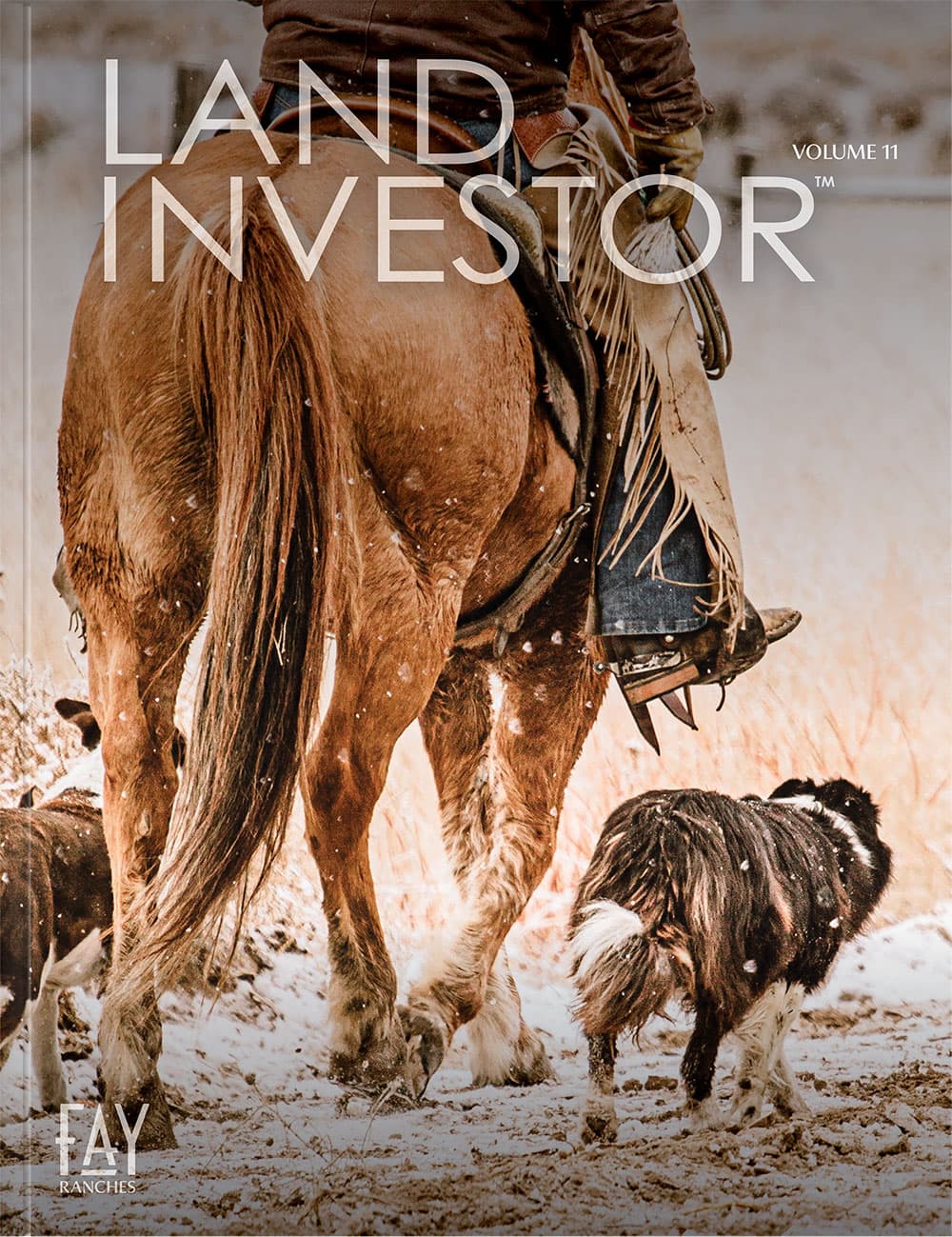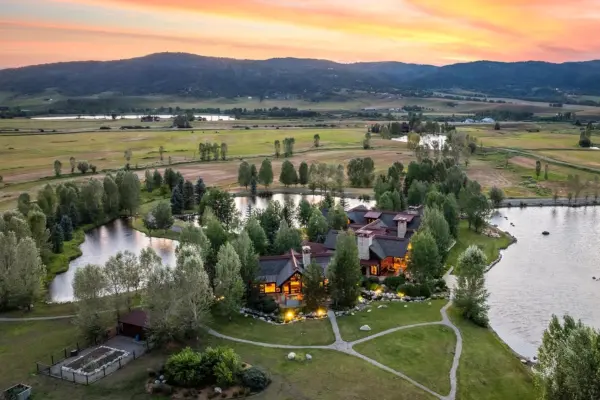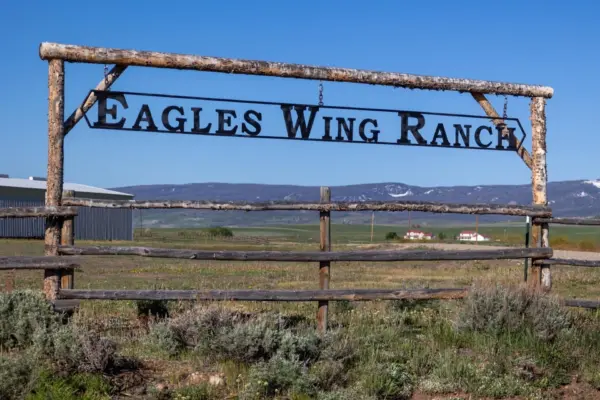Restraint
One of my mentors in landscape architecture likes to say, “when our work is done, it should look like we were never there.” This is especially pertinent to properties in the American West, where restraint is paramount to good design. It takes considerable effort to create places that seem effortless, and what you don’t see is just as important as what you do. Even when every moment and experience is meticulously curated by architects and landscape architects, it should all feel natural. A truly special landscape is one where visitors cannot delineate the transition between cultivated living spaces, pastoral surroundings, and the wild.
This philosophy of restraint in design is not ubiquitous, of course. English country homes were often placed on prominent hilltops surrounded by endless turf and parterre gardens, designed to dominate the landscape as an expression of the enlightenment and romantic ideals of the time. As marvelous as those estates can be, building something so grandiose and domineering in rural Montana would be an affront to the Rocky Mountains themselves. It would stick out like a sore thumb and would fail to provide what the land has to offer for so many: escapism. An American property should symbolize American ideals of rugged individualism and opportunity. This pioneering ethos is manifested in roughhewn beams, dry stack walls, and big-assed fireplaces - the latter being something on which we can agree with the English.
In the context of developing a ranch property, exercising restraint means designing things to be simple, utilitarian, and free of ostentation. At all times, weigh each decision with the natural environment in mind. As Aldo Leopold stated, “examine each question in terms of what is ethically and aesthetically right, as well as what is economically expedient. A thing is right when it tends to preserve the integrity, stability, and beauty of the biotic community. It is wrong when it tends otherwise.” Designing in deference to natural systems will also result in a more sustainable and resilient landscape over time.
At Black Fox Ranch in Wyoming, landscape context and cultural heritage were held in high esteem throughout the design process. A masterclass in restraint, this project preserved historic ranching structures and integrated them into the design. Weed management and restorative plantings cultivated healthy grasslands, and the elegantly simple forms of the home - designed by CLB Architects - yield to the magnificence of the Teton range.

















